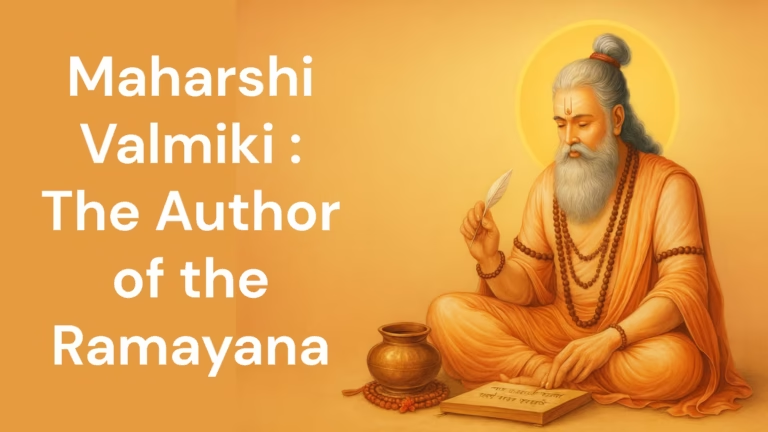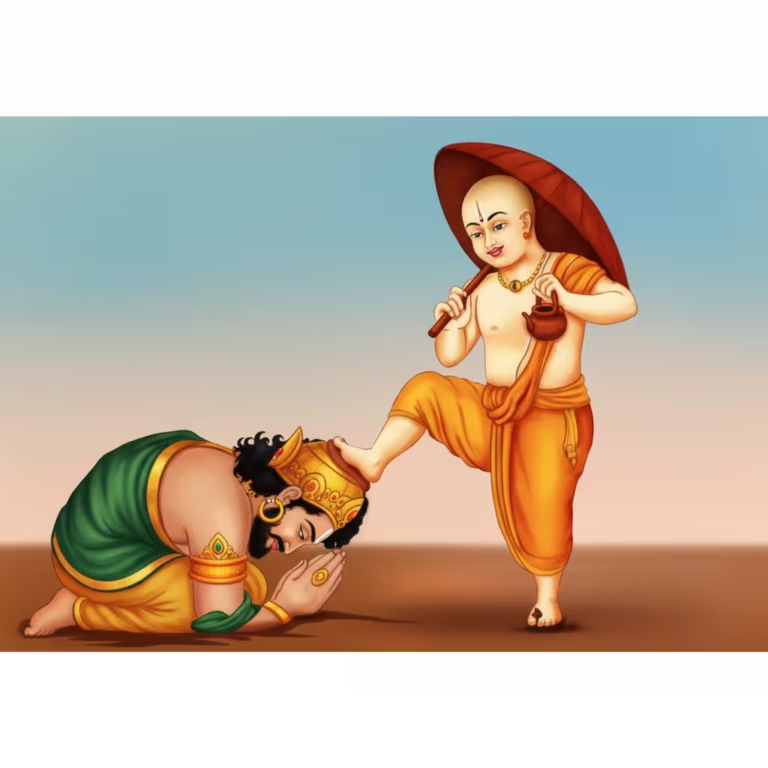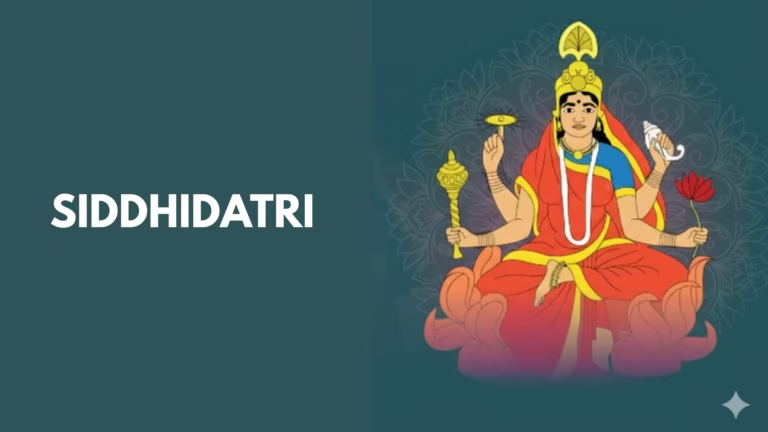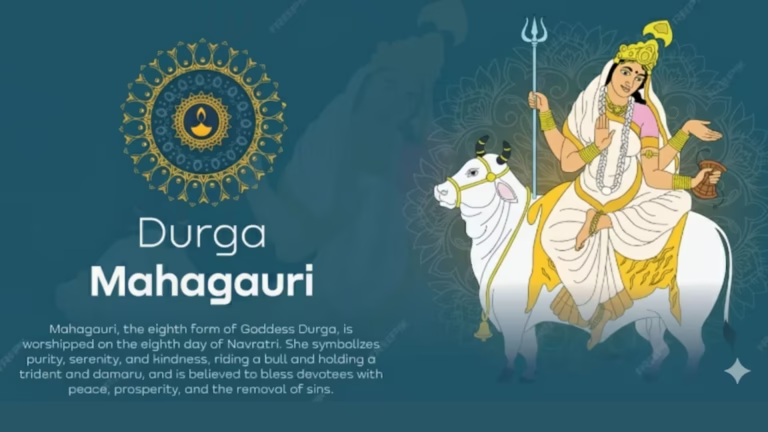Lord Ganesha
Lord Ganesha holds a significant place in Hinduism, with numerous beliefs and legends surrounding his origin and importance. Known as the ‘Vighnaharta,’ the remover of obstacles, Ganesha is worshipped before all other deities. Let’s delve into an important story about his origin.
The Birth of Ganesha: A Mythological Tale
The story of Ganesha’s birth varies across different Puranas, but the most famous one involves Goddess Parvati and Lord Shiva.
Creation of Ganesha by Parvati
According to the tale, once Goddess Parvati went for a bath and created a boy from the turmeric paste (ubtan) she had applied on her body. She breathed life into this boy and appointed him as her guard, instructing him not to let anyone enter while she bathed.
Shiva’s Anger
During this time, Lord Shiva arrived and tried to enter. The boy, as instructed by Parvati, stopped Shiva from entering. Despite several attempts to reason with the boy, he remained steadfast. This angered Lord Shiva, who, in his fury, severed the boy’s head with his trident.
Parvati’s Resolve
When Parvati learned of this incident, she was deeply distressed and furious. Her anger and threat of destruction prompted the gods to plead with Shiva to revive the boy.
Rebirth of Ganesha
To resolve this, Shiva instructed Lord Vishnu to go north and bring back the head of the first creature he encountered. Vishnu found a baby elephant and brought its head. Shiva then attached the elephant head to the boy’s body, bringing him back to life as Ganesha.
The Significance of Ganesha
Ganesha is revered as the deity of wisdom, knowledge, and prosperity. He is worshipped at the beginning of any auspicious task to ensure that no obstacles arise. In his four arms, he holds an axe (ankush), a noose (pash), a sweet (modak), and displays the gesture of blessing (abhay mudra). These attributes symbolize Ganesha’s various qualities.
Ganesha’s Unique Appearance
Ganesha’s distinctive appearance includes four arms holding an ankush, pash, modak, and a blessing gesture. His vehicle is a mouse, representing simplicity and humility. His trunk and large ears signify his ability to listen to his devotees’ problems and remove them.
Ganesha as Vighnaharta
Known as Vighnaharta, or the remover of obstacles, Ganesha is worshipped before starting any auspicious work or journey to ensure success and the removal of all hurdles.
Ganesha as the God of Knowledge and Wisdom
Ganesha is also regarded as the god of knowledge and wisdom, particularly revered by students and scholars. Worshipping him brings mental peace, focus, and enhanced intellect.
Thus, the origin and significance of Lord Ganesha hold a vital place in our lives. With his blessings, all obstacles are removed, and one attains happiness, peace, and prosperity. Jai Ganesha!
Click here to read this article in Hindi



